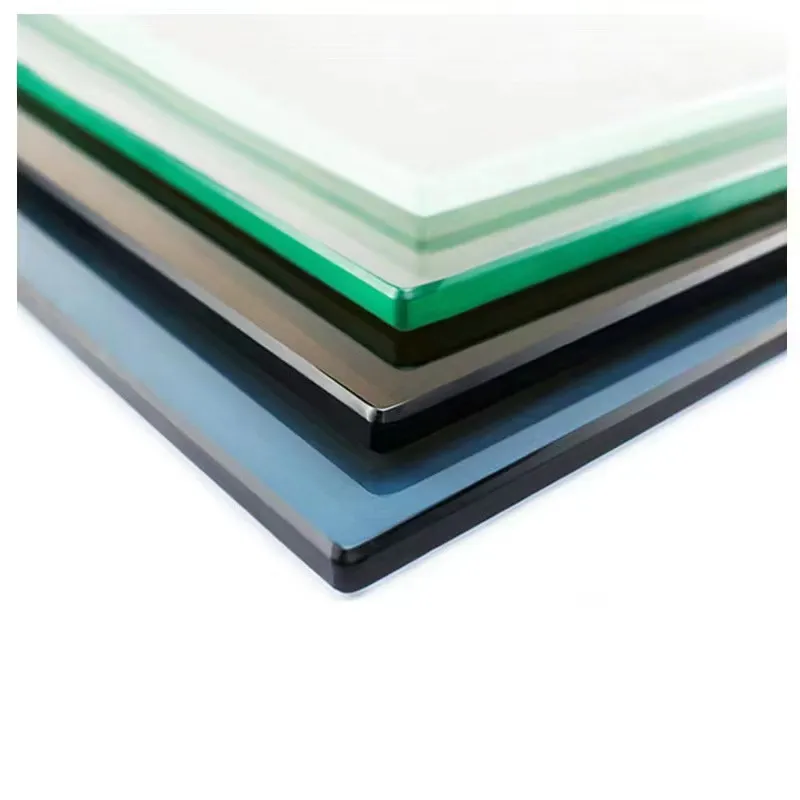Architectural Curtain Walls A Modern Design Solution
Architectural curtain walls have emerged as a significant innovation in contemporary architecture, transforming the way buildings are designed and constructed. These non-structural cladding systems are not just mere facades; they represent a junction between art and engineering, offering aesthetic appeal while simultaneously contributing to the functionality and efficiency of modern buildings.
At its core, a curtain wall is a thin, typically aluminum-framed wall that supports no loads from the building except its own weight. Unlike traditional masonry walls, which serve as load-bearing elements, curtain walls hang from the structure, allowing for expansive spans of glass, metal, or other materials. This novel approach enables architects to create versatile designs that can harmonize with the surrounding environment while maximizing natural light and offering panoramic views.
Architectural Curtain Walls A Modern Design Solution
The design possibilities that curtain walls offer are vast. Architects can manipulate various materials, colors, and textures, providing endless opportunities for creativity. With advancements in technology, the customization of curtain walls is more feasible than ever. Buildings can now feature intricate patterns, dynamic facades, or even responsive designs that change according to environmental conditions. These elements contribute to a building's visual identity and enhance its integration within its urban context.
architectural curtain wall
In addition to aesthetic and environmental benefits, curtain walls can also facilitate better building performance. By using modern materials and technologies, such as double-skin facades, ventilated systems, and photovoltaic elements, buildings equipped with curtain walls can significantly decrease energy consumption. This not only reduces operational costs for residents and businesses but also supports a building’s commitment to reducing its carbon footprint.
Furthermore, the structural performance of curtain walls has improved remarkably, addressing concerns regarding durability and safety. Modern engineering techniques and rigorous testing ensure that curtain walls can withstand harsh weather conditions, including wind pressure and temperature fluctuations. This durability is especially crucial in high-rise buildings, where structural integrity is paramount. As a result, curtain walls not only complement the architectural vision but also ensure that safety is never compromised.
A notable example of the successful implementation of curtain walls is the Burj Khalifa in Dubai, which stands as a testament to how far curtain wall systems have come. The tower’s façade, composed of reflective glass and aluminum, not only serves an aesthetic purpose but also plays a crucial role in thermal regulation and energy efficiency.
In conclusion, architectural curtain walls have revolutionized modern architecture by providing a versatile, aesthetically pleasing, and efficient solution for building facades. With their ability to combine aesthetics and functionality, these systems are becoming increasingly popular among architects and builders. As technology continues to advance, the design possibilities and performance capabilities of curtain walls will undoubtedly expand, leading to more innovative and sustainable solutions in architecture. Ultimately, the curtain wall represents a significant step towards a future where buildings are not only visually impressive but also environmentally responsible and user-friendly.
 Afrikaans
Afrikaans  Albanian
Albanian  Amharic
Amharic  Arabic
Arabic  Armenian
Armenian  Azerbaijani
Azerbaijani  Basque
Basque  Belarusian
Belarusian  Bengali
Bengali  Bosnian
Bosnian  Bulgarian
Bulgarian  Catalan
Catalan  Cebuano
Cebuano  Corsican
Corsican  Croatian
Croatian  Czech
Czech  Danish
Danish  Dutch
Dutch  English
English  Esperanto
Esperanto  Estonian
Estonian  Finnish
Finnish  French
French  Frisian
Frisian  Galician
Galician  Georgian
Georgian  German
German  Greek
Greek  Gujarati
Gujarati  Haitian Creole
Haitian Creole  hausa
hausa  hawaiian
hawaiian  Hebrew
Hebrew  Hindi
Hindi  Miao
Miao  Hungarian
Hungarian  Icelandic
Icelandic  igbo
igbo  Indonesian
Indonesian  irish
irish  Italian
Italian  Japanese
Japanese  Javanese
Javanese  Kannada
Kannada  kazakh
kazakh  Khmer
Khmer  Rwandese
Rwandese  Korean
Korean  Kurdish
Kurdish  Kyrgyz
Kyrgyz  Lao
Lao  Latin
Latin  Latvian
Latvian  Lithuanian
Lithuanian  Luxembourgish
Luxembourgish  Macedonian
Macedonian  Malgashi
Malgashi  Malay
Malay  Malayalam
Malayalam  Maltese
Maltese  Maori
Maori  Marathi
Marathi  Mongolian
Mongolian  Myanmar
Myanmar  Nepali
Nepali  Norwegian
Norwegian  Norwegian
Norwegian  Occitan
Occitan  Pashto
Pashto  Persian
Persian  Polish
Polish  Portuguese
Portuguese  Punjabi
Punjabi  Romanian
Romanian  Russian
Russian  Samoan
Samoan  Scottish Gaelic
Scottish Gaelic  Serbian
Serbian  Sesotho
Sesotho  Shona
Shona  Sindhi
Sindhi  Sinhala
Sinhala  Slovak
Slovak  Slovenian
Slovenian  Somali
Somali  Spanish
Spanish  Sundanese
Sundanese  Swahili
Swahili  Swedish
Swedish  Tagalog
Tagalog  Tajik
Tajik  Tamil
Tamil  Tatar
Tatar  Telugu
Telugu  Thai
Thai  Turkish
Turkish  Turkmen
Turkmen  Ukrainian
Ukrainian  Urdu
Urdu  Uighur
Uighur  Uzbek
Uzbek  Vietnamese
Vietnamese  Welsh
Welsh  Bantu
Bantu  Yiddish
Yiddish  Yoruba
Yoruba  Zulu
Zulu 

